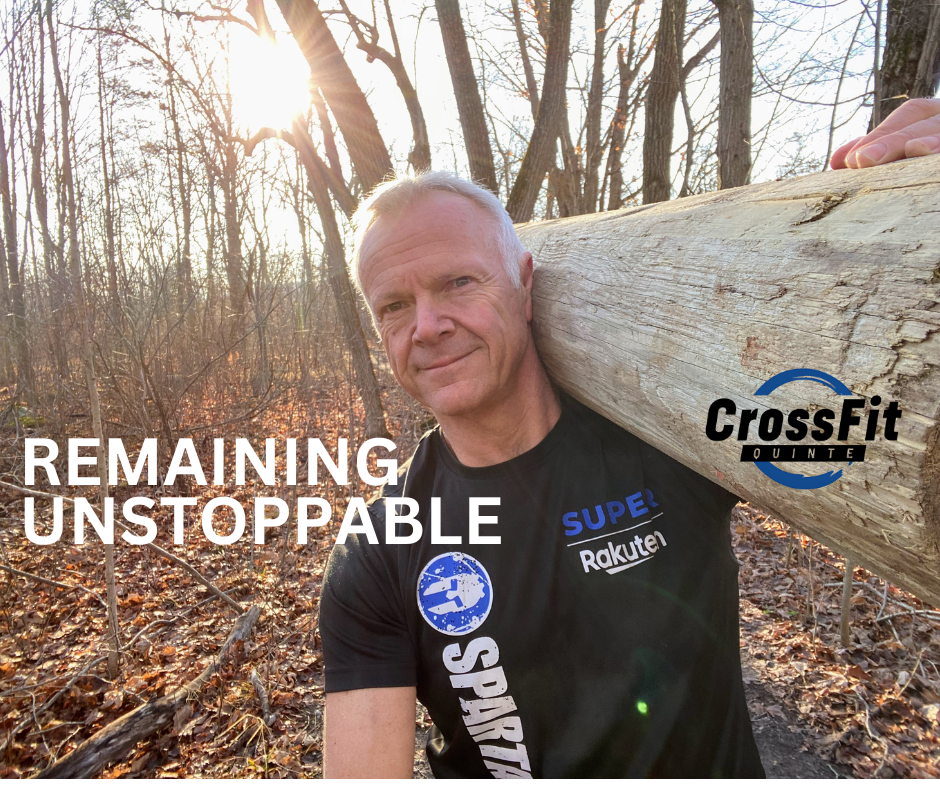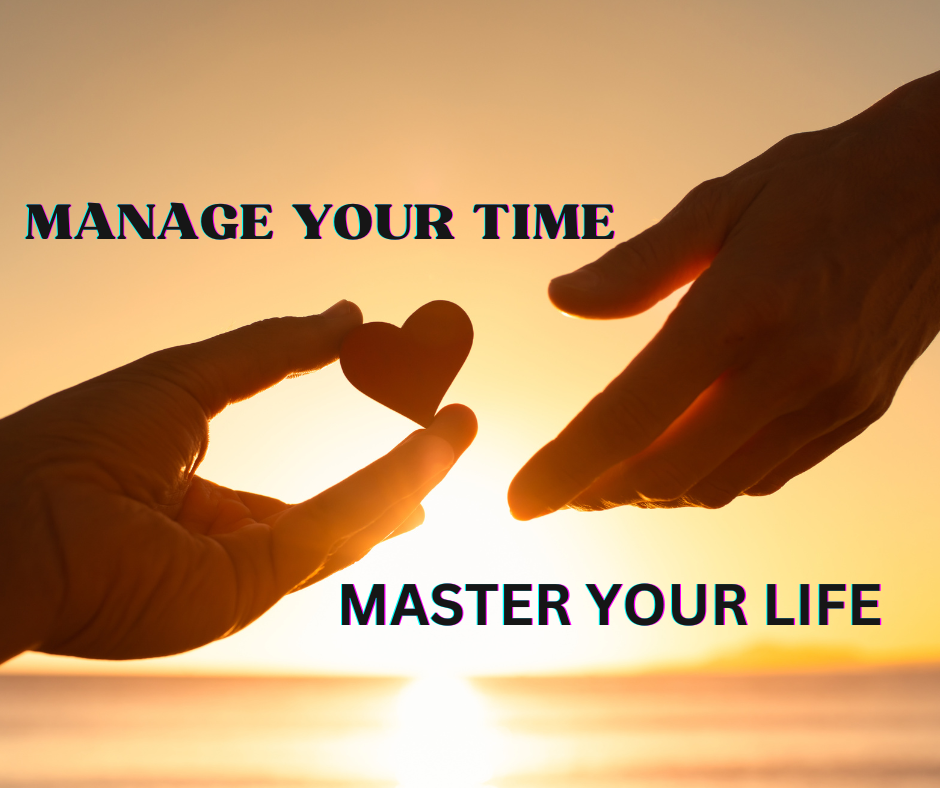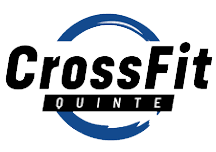HOW OLDER ATHLETES REMAIN UNSTOPPABLE
Ulrich Preisinger • January 14, 2025
Aging is an inevitable aspect of life; however, it doesn't need signify the decline of athletic performance.

How Older Athletes Remain Unstoppable!
Aging is an inevitable aspect of life; however, it doesn't need signify the decline of athletic performance.
Aging leads to changes that impact athletic performance, particularly in endurance athletes. Key factors include declining VO₂ max, loss of muscle mass, and weight gain. Understanding these effects and applying strategies to counter them can help athletes maintain performance in later years.
Understanding VO₂ Max
VO₂ max, or maximal oxygen uptake, measures the body’s ability to deliver and utilize oxygen during intense exercise. It is a critical determinant of endurance performance, as oxygen is essential for energy production in aerobic activities.
The Effects of Aging on VO₂ Max
As we age, VO₂ max experiences a natural decline, influenced by physiological changes like reduced cardiac output, decreased lung function, and lower muscle mitochondrial efficiency. Studies suggest that after the age of 30, VO₂ max diminishes by roughly 5–10% every decade, with the rate of decline increasing after age 70. For endurance athletes, this translates to a reduced capacity for sustaining high-intensity efforts and overall endurance.
Mitigation Strategies for Declining VO₂ Max
The positive aspect is that consistent training can slow the reduction in VO₂ max. Research indicates that older athletes who participate in high-intensity interval training (HIIT) such as CrossFit can sustain higher VO₂ max levels than their sedentary counterparts.
Incorporate Interval Training: Introducing bursts of intense effort followed by recovery periods can enhance cardiac output and oxygen usage.
Consistent Endurance Training: Engaging in regular, long-duration, moderate-intensity activities such as cycling, swimming, or running can help maintain cardiovascular health and VO₂ max levels.
Strength Training for Cardiac Health: Resistance training promotes overall circulation and indirectly enhances cardiovascular efficiency, positively impacting VO₂ max.
Muscle Mass Loss (Sarcopenia)
Gaining Insight into Sarcopenia
Sarcopenia is the gradual decline in muscle mass and strength due to aging, typically starting in the 30s and intensifying with each decade. By the age of 80, individuals may experience a loss of up to 30% of their muscle mass.
The Effects on Performance
For athletes, diminished muscle mass results in decreased strength, endurance, and power output. This loss also affects recovery times and heightens the risk of injuries, making it challenging to sustain regular training schedules. Additionally, a compromised musculoskeletal system can disrupt biomechanics, leading to less efficient movements and a higher energy expenditure during physical activities.
Mitigation Strategies for Muscle Loss
Resistance training serves as the foundation for combating sarcopenia. Research indicates that older adults who regularly participate in strength training can maintain muscle mass and even regain lost strength.
Incorporate Strength Training: Aim for 2–3 sessions each week, emphasizing compound movements like squats, deadlifts, and bench presses, and some basic gymnastics body weight movements which engage multiple muscle groups.
Prioritize Protein Intake: Consuming sufficient dietary protein (1.2–1.6 grams per kilogram of body weight per day) is crucial for muscle repair and growth. Include protein-rich foods, such as lean meats, dairy, legumes, and plant-based options, to support muscle health.
Use Progressive Overload: Gradually increasing the weight or resistance during exercises promotes ongoing muscle adaptation and growth.
Weight Gain
The Relationship Between Aging and Weight Gain
As we age, our metabolism tends to slow down, making it harder to maintain a healthy weight. Factors such as hormonal changes, decreased physical activity, and shifts in diet typically contribute to an increase in fat mass. This extra weight—particularly when it's fat instead of muscle—can greatly affect performance for athletes.
The Influence of Weight Gain on Performance
Weight gain impacts endurance performance in several significant ways:
Decrease in VO₂ Max: VO₂ max is typically measured in relation to body weight (mL/kg/min). Even if absolute VO₂ max stays the same, gaining weight can lower relative VO₂ max, which diminishes aerobic capacity.
Reduced Efficiency: Carrying excess weight raises the energy expenditure for movement, resulting in quicker fatigue.
Increased Injury Risk: Added weight puts extra strain on joints, raising the chances of overuse injuries.
Mitigation Strategies for Weight Management
To effectively manage weight, it is essential to maintain an active lifestyle alongside a balanced diet.
Monitor Caloric Intake: Aligning your calorie consumption with your activity levels can help prevent unwanted weight gain. Utilizing tracking apps or seeking advice from a dietitian can support you in achieving the right energy balance.
Focus on Nutrient-Dense Foods: Prioritize whole, unprocessed foods, such as fruits, vegetables, lean proteins, and whole grains, to promote a healthy weight while providing the necessary fuel for optimal performance.
Combine Aerobic and Strength Training: Incorporating resistance training builds muscle, which boosts your resting metabolic rate, while aerobic exercise aids in burning calories and managing fat effectively.
A Comprehensive Strategy
Although factors like VO₂ max decline, muscle loss, and weight gain can each affect performance individually, they often interact to intensify the effects of aging. For instance, weight gain can worsen the decline in VO₂ max, while muscle loss can hinder the ability to engage in activities necessary for effective weight management.
To tackle these challenges, older athletes should embrace a holistic strategy that incorporates cardiovascular workouts and resistance training which are incorporated in CrossFit, and proper nutrition. Additionally, ensuring adequate recovery, hydration, and sleep is essential for enhancing overall performance and longevity.
Aging is an inevitable aspect of life, but it doesn’t signify the end of athletic capability. By recognizing the crucial elements that influence endurance—such as VO₂ max decline, muscle loss, and weight gain—and proactively addressing them, older athletes can continue to thrive in their sports. Consistent training, thoughtful nutrition, and a dedication to lifelong fitness are key to maintaining performance and reaping the physical and mental rewards of staying active as they age.
Inspiration Provided by: Rick Preisinger owner of CrossFit Quinte
99 Dufferin Ave Trenton ON Canada

Choosing a CrossFit gym over traditional gyms comes with several unique advantages that set it apart from competitors. Firstly, CrossFit offers a sense of community and camaraderie that is often lacking in conventional gyms. Members support and motivate each other, creating an encouraging and inclusive environment. Secondly, CrossFit workouts are highly varied and designed to improve overall fitness, combining elements of weightlifting, cardio, and bodyweight exercises to challenge the entire body. Thirdly, the focus on functional fitness in CrossFit helps improve everyday movements, making daily activities easier and reducing the risk of injury. Fourthly, CrossFit gyms often provide personalized coaching and attention, with experienced trainers who can tailor workouts to individual needs and goals. Finally, choosing CrossFit over traditional gyms can lead to a more enriching and fulfilling fitness journey, characterized by community, variety, functional fitness, personalized coaching, and personal growth. Whether you're a seasoned athlete or a newcomer to exercise, CrossFit provides a supportive environment where you can thrive and reach your fullest potential. Inspiration provided by: Coach Rick CrossFit Quinte 99 Dufferin Ave Trenton, ON

Joining a CrossFit gym can seem intimidating, especially if you're new to the world of fitness or unfamiliar with the CrossFit culture. However, by adopting a few strategies, you can overcome this apprehension and make the most of your experience. Firstly, remember that everyone starts somewhere, and CrossFit communities are known for their supportive and inclusive nature. Reach out to the gym beforehand to learn about beginner-friendly classes or introductory programs that can ease you into the routine. It's also helpful to set realistic goals and focus on personal progress rather than comparison with others. Engaging with the community by introducing yourself and participating in social events can further help you feel more comfortable. Lastly, keep an open mind and embrace the learning process, understanding that it's okay to ask questions and seek guidance from trainers. With time, you'll likely find that the initial intimidation fades, replaced by a sense of camaraderie and achievement. If you're interested in CrossFit, let's connect! Schedule a complimentary Intro to CrossFit Quinte in person or arrange a phone conversation to explore the best options tailored for you! Inspiration provided by Coach Rick CrossFit Quinte 99 Dufferin Ave Unit K Trenton ON Canada

What would you do differently if you could live your life over again? Reflecting on what you might do differently if given the chance to live your life over again can be a profound exercise in self-awareness and growth. Many people might choose to prioritize meaningful relationships, focusing more on nurturing bonds with family and friends, as these connections often bring the greatest joy and fulfillment. You might also consider investing in experiences rather than material possessions, as memories and personal growth can be more rewarding than fleeting material satisfaction. What would I postpone next time around if I could live my life over again? In terms of postponements, one may decide to delay major life decisions until one feels truly ready, such as career choices or starting a family, allowing yourself more time to explore and understand your passions and goals. Additionally, taking the time to travel and explore different cultures when younger could be a priority, as these experiences can broaden your perspective and enrich your life in countless ways. Ultimately, the decision is deeply personal and reflects your unique values and aspirations. Live life fully without limits. Living life fully without limits is about embracing each moment with enthusiasm and an open heart. It involves stepping out of your comfort zone to explore new experiences, whether they are big adventures or small everyday joys. This mindset encourages you to pursue your passions relentlessly, without the fear of failure holding you back. It also means cultivating a positive outlook, fostering meaningful relationships, and being present in every situation. By doing so, you not only enrich your own life but also inspire those around you. Ultimately, living without limits is about finding balance between ambition and contentment, and cherishing the journey as much as the destination. Don’t buy into the limiting beliefs others place upon you. Choosing not to buy into other people's limiting beliefs is a powerful step toward personal growth and self-empowerment. Limiting beliefs are often rooted in fear, insecurity, or past experiences, and they can be projected onto us by others, whether intentionally or unintentionally. By recognizing these beliefs as separate from your own reality, you open yourself up to a world of possibilities and potential. It's important to cultivate self-awareness and confidence, allowing you to discern which beliefs serve your personal development and which ones hold you back. Surrounding yourself with positive influences and seeking out supportive communities can further reinforce your commitment to pursuing your true capabilities, free from the constraints of others' doubts or fears. Remember, your path is uniquely yours, and believing in your own potential is the first step toward achieving your dreams. Be yourself, your true authentic self. Feeling unable to be yourself can be a challenging and isolating experience. It's important to acknowledge that everyone deserves the freedom to express their authentic self without fear of judgment or rejection. Often, societal pressures, expectations from others, or even internal doubts can stifle our true identities. To overcome this, start by identifying what truly matters to you and what makes you feel most like yourself. Surrounding yourself with supportive people who encourage your individuality can also make a significant difference. Remember, embracing who you are is a journey, and it's okay to take small steps towards self-discovery and acceptance. You have the right to live a life that reflects your true self, and seeking open, honest conversations with those around you can be a powerful way to begin this process. Get into world class physical condition, don’t delay health. Achieving world-class physical condition and health requires a holistic approach that combines consistent exercise, balanced nutrition, adequate rest, and mental well-being. Begin by setting clear, realistic fitness goals tailored to your current level and desired outcome. Incorporate a mix of cardiovascular, strength, flexibility, and endurance training into your routine such as CrossFit. Nutrition plays a crucial role, so focus on a diet rich in whole foods, including lean proteins, healthy fats, and a variety of fruits and vegetables to fuel your body efficiently. Stay hydrated and pay attention to portion sizes to maintain a healthy balance. Rest and recovery are equally important, so prioritize quality sleep and allow time for muscles to repair and grow. Additionally, manage stress through mindfulness practices like meditation or yoga. There is never a better time to live your life than today. The notion that there is never a better time to live your life than today serves as a powerful reminder to embrace the present moment with gratitude and purpose. Often, people find themselves trapped in the cycle of waiting for the "perfect" time to pursue their dreams or make significant changes, only to realize that such a time may never come. By focusing on today, we allow ourselves to seize opportunities, learn from experiences, and cultivate happiness in the here and now. This mindset encourages us to let go of past regrets and future anxieties, fostering a more mindful and fulfilling life. Every day is a chance to take steps toward personal growth, connect with loved ones, and make a positive impact on the world around us, reinforcing the idea that the present is indeed a gift. Inspiration provided by Coach Rick CrossFit Quinte 99 Dufferin Ave Trenton Ontario


